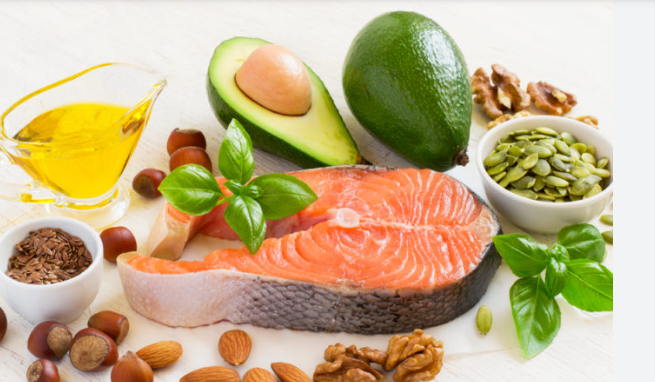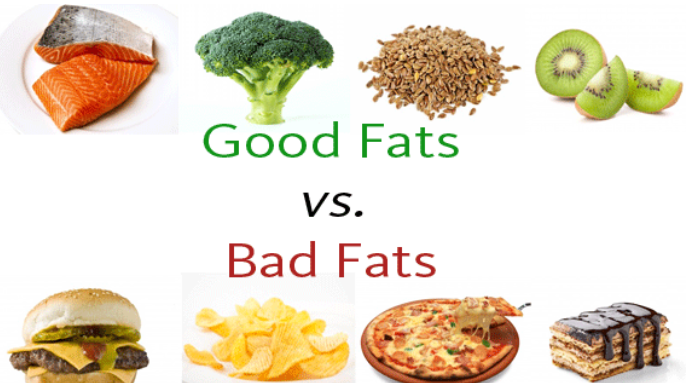The high-fat diet, often synonymous with ketogenic (keto) and low-carb diets, has gained popularity as a potential approach for weight loss and overall health improvement. But, like any dietary trend, it has its advantages and disadvantages.
Pros of a High-Fat Diet
- Weight Loss and Fat Burning: High-fat diets, especially the ketogenic diet, can promote weight loss. By drastically reducing carbohydrate intake and increasing fat consumption, the body shifts into a state called ketosis, where it burns fat for energy instead of carbohydrates. Many people report sustained weight loss and reduced hunger on this diet.
- Improved
Blood Sugar Levels:
For people with insulin resistance or type 2 diabetes, high-fat, low-carb
diets can help improve blood sugar control. By minimising carbohydrate
intake, the body requires less insulin to manage blood sugar levels, which
may reduce insulin resistance over time.
- Enhanced
Mental Clarity and Focus:
Ketones, produced from the breakdown of fats, are a potent source of
energy for the brain. Many followers of high-fat diets report increased
mental clarity, better focus, and even enhanced mood as a result of
consistently high ketone levels.
- Better
Heart Health (Potentially):
High-fat diets, when done correctly (e.g., focusing on healthy fats like
avocados, nuts, and olive oil), can increase levels of HDL (good)
cholesterol and reduce triglycerides, both of which are beneficial for
heart health. Studies also suggest that such diets may help reduce
inflammation, a key contributor to heart disease.
Cons of a High-Fat Diet
- Nutrient
Deficiencies:
High-fat diets often involve a significant reduction in the intake of
fruits, vegetables, and whole grains, which are vital sources of fiber,
vitamins, and minerals. This can lead to nutrient deficiencies over time
if the diet is not carefully planned. Fiber, in particular, is crucial for
digestive health, and its absence can cause issues like constipation.
- Risk
of Unhealthy Fats:
Not all fats are created equal. High-fat diets that rely on saturated and
trans fats (from processed foods, fatty meats, or fried items) can
increase the risk of heart disease, stroke, and other health problems.
It’s crucial to prioritise healthy fats, such as those found in fish,
avocados, and nuts, rather than unhealthy, processed fats.
- Difficulty
Sustaining Long-Term:
High-fat diets can be restrictive, making them difficult to stick to over
the long term. The dramatic reduction in carbohydrate intake can lead to
cravings for bread, pasta, and sweets. For many, maintaining this
lifestyle can feel socially and emotionally isolating, as it often
requires avoiding common foods at gatherings.
- Initial
Side Effects (Keto Flu):
Many people experience the so-called "keto flu" when first
starting a high-fat diet, especially keto. Symptoms can include fatigue,
nausea, dizziness, headaches, and irritability as the body adjusts to
burning fat for fuel instead of carbohydrates. While these symptoms are
usually temporary, they can be discouraging for those just starting out.
Conclusion
A high-fat diet can offer numerous
benefits, particularly for weight loss, improved blood sugar control, and
mental clarity. However, it is not without its drawbacks, such as the risk of
nutrient deficiencies, challenges with sustainability, and potential health
risks if unhealthy fats are consumed. Careful planning and attention to the
quality of fats are essential for making this diet a healthy, long-term
lifestyle choice.


No comments:
Post a Comment
Note: Only a member of this blog may post a comment.